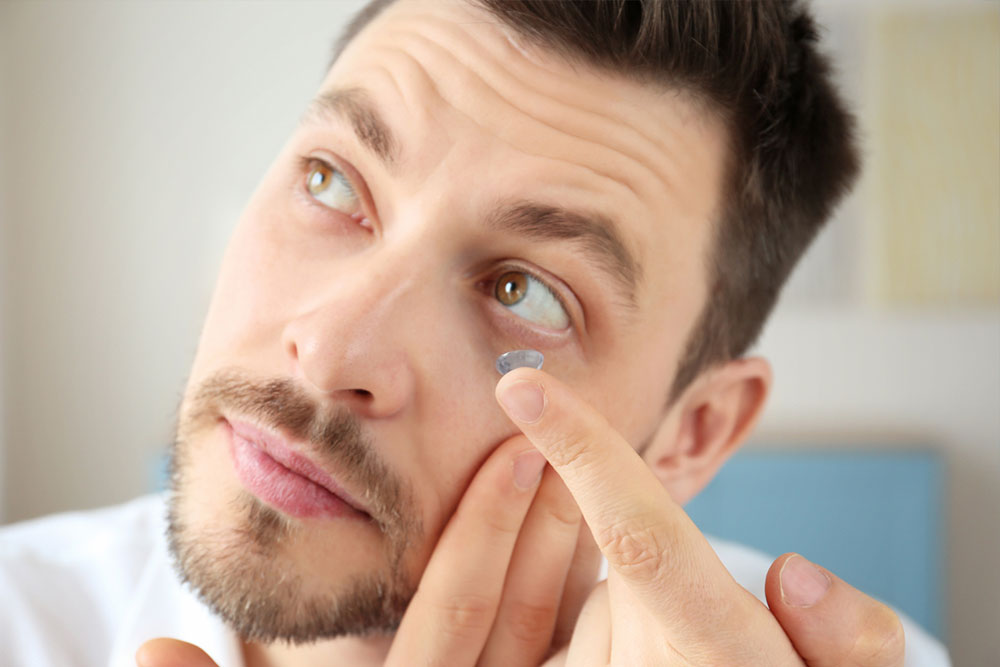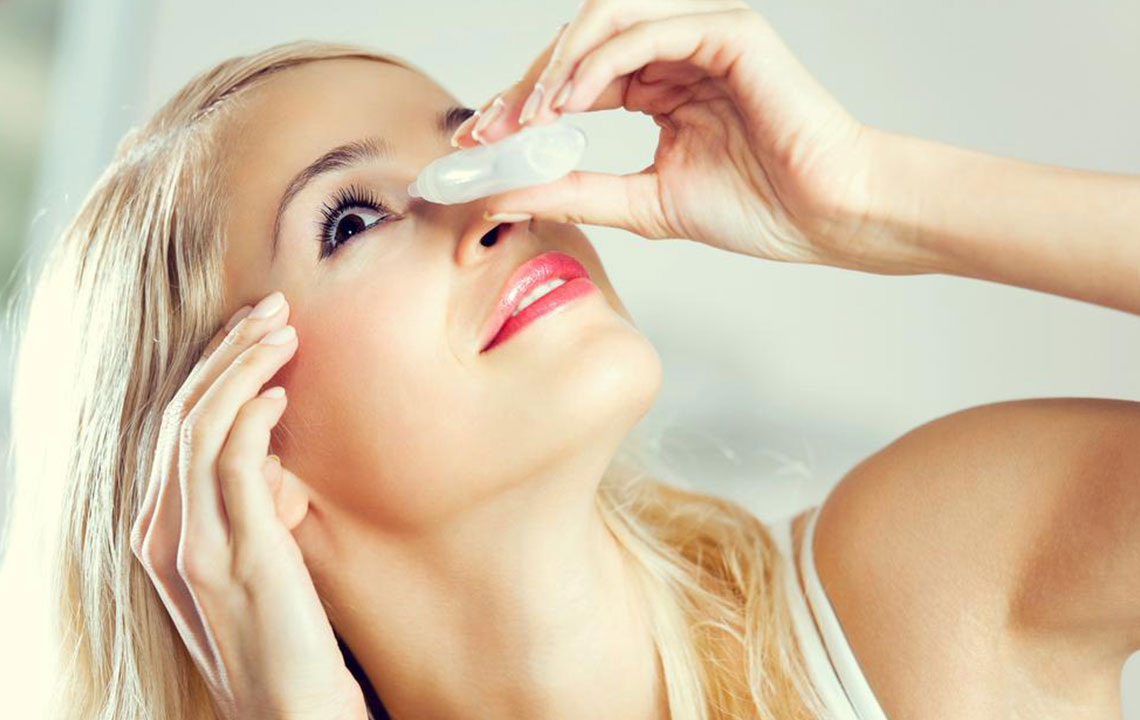Comprehensive Guide to Preventing Dry Eyes from Contact Lens Wear
This comprehensive guide explores effective strategies to prevent dry eyes caused by contact lens wear. It emphasizes proper lens selection, understanding dry eye syndrome, and adopting best practices to maintain eye hydration and health. Modern contact lenses designed with advanced materials significantly reduce dryness risks, ensuring comfort during extended wear. Regular eye care, suitable lenses, and proper hygiene are key to preventing dryness related to contact lens usage. Whether you're a new or experienced contact lens wearer, these tips will help keep your eyes healthy and comfortable.

Comprehensive Strategies to Prevent Dry Eyes Caused by Contact Lens Use
Effective Tips to Minimize Dry Eye Problems Linked to Contact Lenses
Dry eyes are a prevalent issue among individuals who wear contact lenses, particularly when lenses are worn for extended periods. Recognizing the importance of proper lens selection and usage habits is crucial in reducing this discomfort. Advances in contact lens technology have led to the development of lenses specifically designed to address dry eye symptoms. These innovative lenses allow for better oxygen permeability, helping maintain eye hydration and overall health during prolonged wear. Proper selection coupled with careful eye care practices can significantly enhance comfort and prevent dryness issues.
Understanding Dry Eye Syndrome and Its Impact
Dry eye occurs when tear production diminishes or the tear film does not spread evenly across the eye, resulting in inadequate lubrication and moisture.
Tears play a vital role in protecting the eye from environmental pollutants, allergens, and microorganisms.
Insufficient tear film leads to dryness, discomfort, and potential damage to the eye surface.
Common symptoms include stinging, burning sensations, increased light sensitivity, blurry vision, and foreign body sensation.
Many contact lens wearers experience occasional dryness, irritation, or a gritty feeling during or after lens wear.
Does Wearing Contact Lenses Cause Dry Eyes?
Studies and user reports indicate that contact lens use can contribute to dry eye symptoms, especially with improper fitting or prolonged wear.
The lenses often cover the cornea, limiting natural oxygen exchange, which is essential for maintaining healthy eye tissue.
This oxygen deprivation can lead to irritation, discomfort, and an increased risk of dry eye syndrome.
Inadequate tear film coverage underneath contact lenses exacerbates moisture loss and dryness.
The Development of Contact Lenses for Better Eye Comfort and Oxygen Flow
Initial contact lenses were crafted from rigid, non-permeable materials like glass, which lacked oxygen permeability and were uncomfortable.
Transition to plastic lenses allowed for easier manufacturing but still did not address oxygen exchange, leading to discomfort and dryness, prompting users to remove lenses at night and use lubricants.
Introduction of porous and gas-permeable lenses improved oxygen transmission but did not fully eliminate dryness issues, particularly if lenses displaced the tear film or were worn excessively.
Avoiding overnight lens wear remains critical in preventing oxygen deficiency and maintaining eye hydration.
How Modern Contact Lenses Help Reduce Risks of Dry Eye
Current lenses are designed to be highly oxygen-permeable (gas-permeable) and hydrophilic, supporting the stability of the tear film.
These lenses facilitate a natural tear environment while allowing sufficient oxygen flow, reducing dryness and irritation.
Soft, water-rich contact lenses, such as those with high moisture content, are particularly advantageous for individuals prone to dry eyes.
Best Practices for Protecting Your Eyes While Wearing Contact Lenses
Always opt for lenses designed specifically for dry eye comfort, such as high water content soft contact lenses.
Ensure lenses promote adequate oxygen transfer and maintain eye hydration during wear.
Follow recommended wearing schedules and hygiene routines, including regular lens cleaning and replacement, to prevent dryness and infections.
Use lubricating eye drops compatible with contact lenses to help keep eyes moist.
Schedule regular eye exams to monitor eye health and get personalized advice on lens types and wearing habits.





